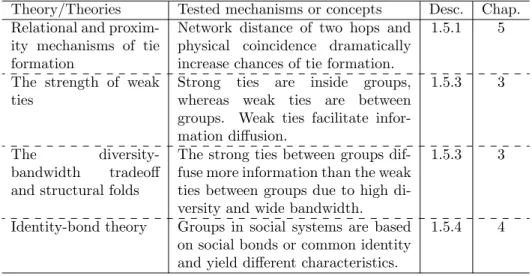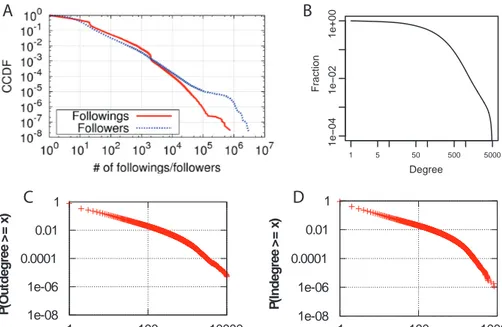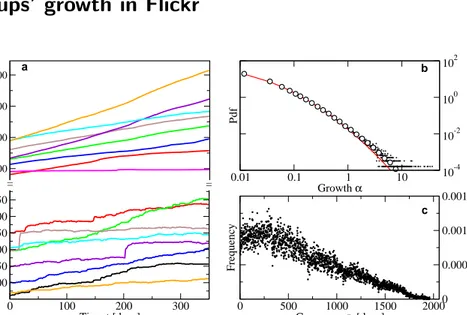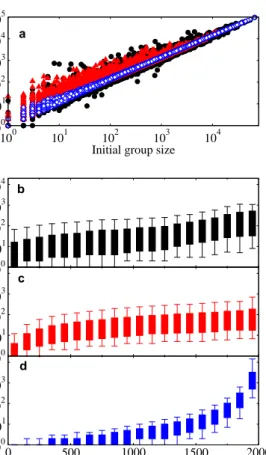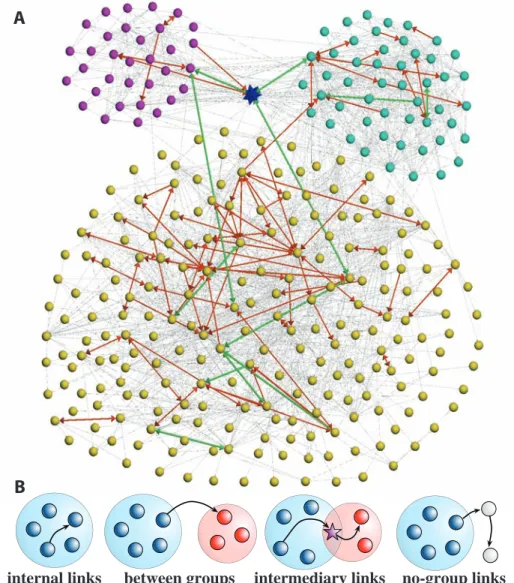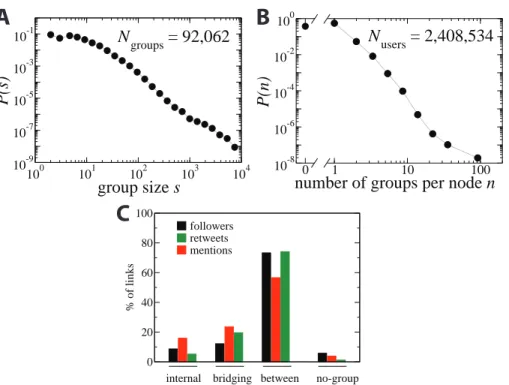Complex networks approach to modeling online social systems The emergence of computational social science
Texto completo
Figure
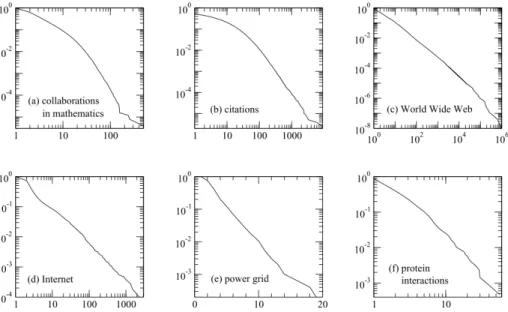
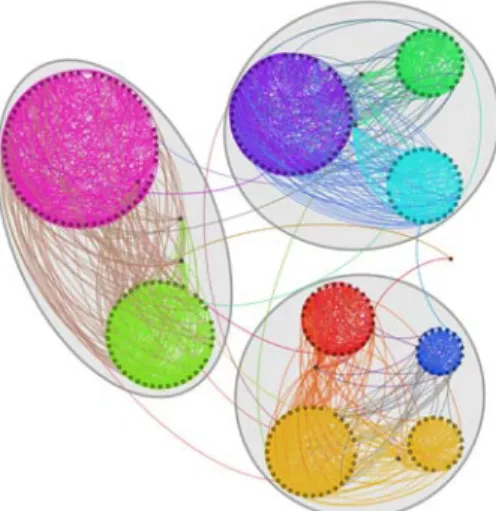
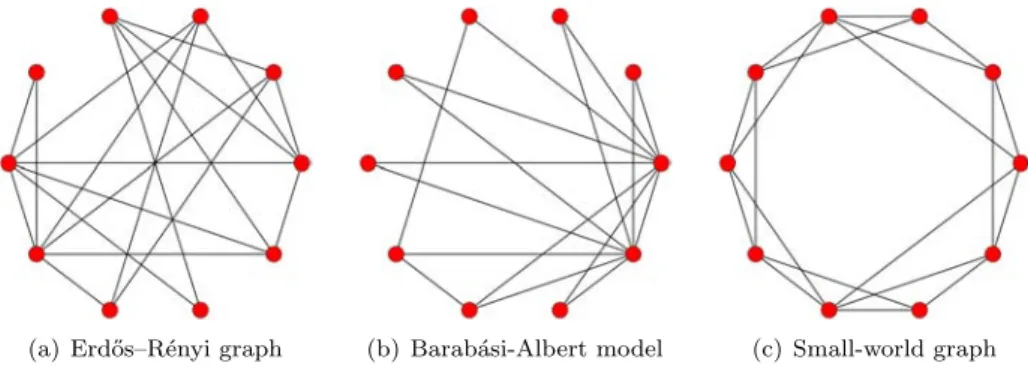
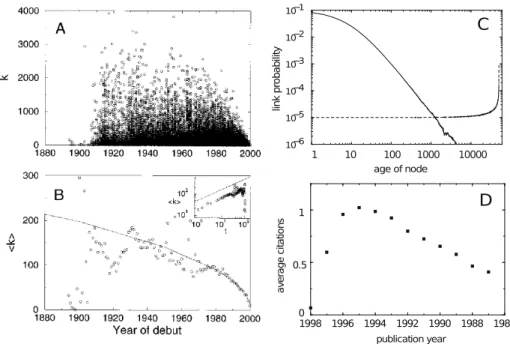
Documento similar
On the other hand it has been found that this concretion also acts as a protective layer against corrosion, considerably reducing the rate of corrosion of iron in seawa- ter, and
The main ACs reported in different studies are pharmaceuticals (diclofenac, ibuprofen, naproxen, o floxacin, acetaminophen, progesterone ranitidine and testosterone),
Keywords: iPSCs; induced pluripotent stem cells; clinics; clinical trial; drug screening; personalized medicine; regenerative medicine.. The Evolution of
Since forest variables (forest productivity and for- est biomass) and abiotic factors (climate variables, soil texture and nu- trients, and soil topography) were only calculated at
We evaluated the performance of Partial Least Squares Regression (PLS) models to predict crude protein (CP), neutral detergent fibre (NDF), acid detergent fibre (ADF) and
complex networks, and through computational modeling), sociology (through the field of social network analysis), and computer science (through the fields of data mining and
Astrometric and photometric star cata- logues derived from the ESA HIPPARCOS Space Astrometry Mission.
The photometry of the 236 238 objects detected in the reference images was grouped into the reference catalog (Table 3) 5 , which contains the object identifier, the right
